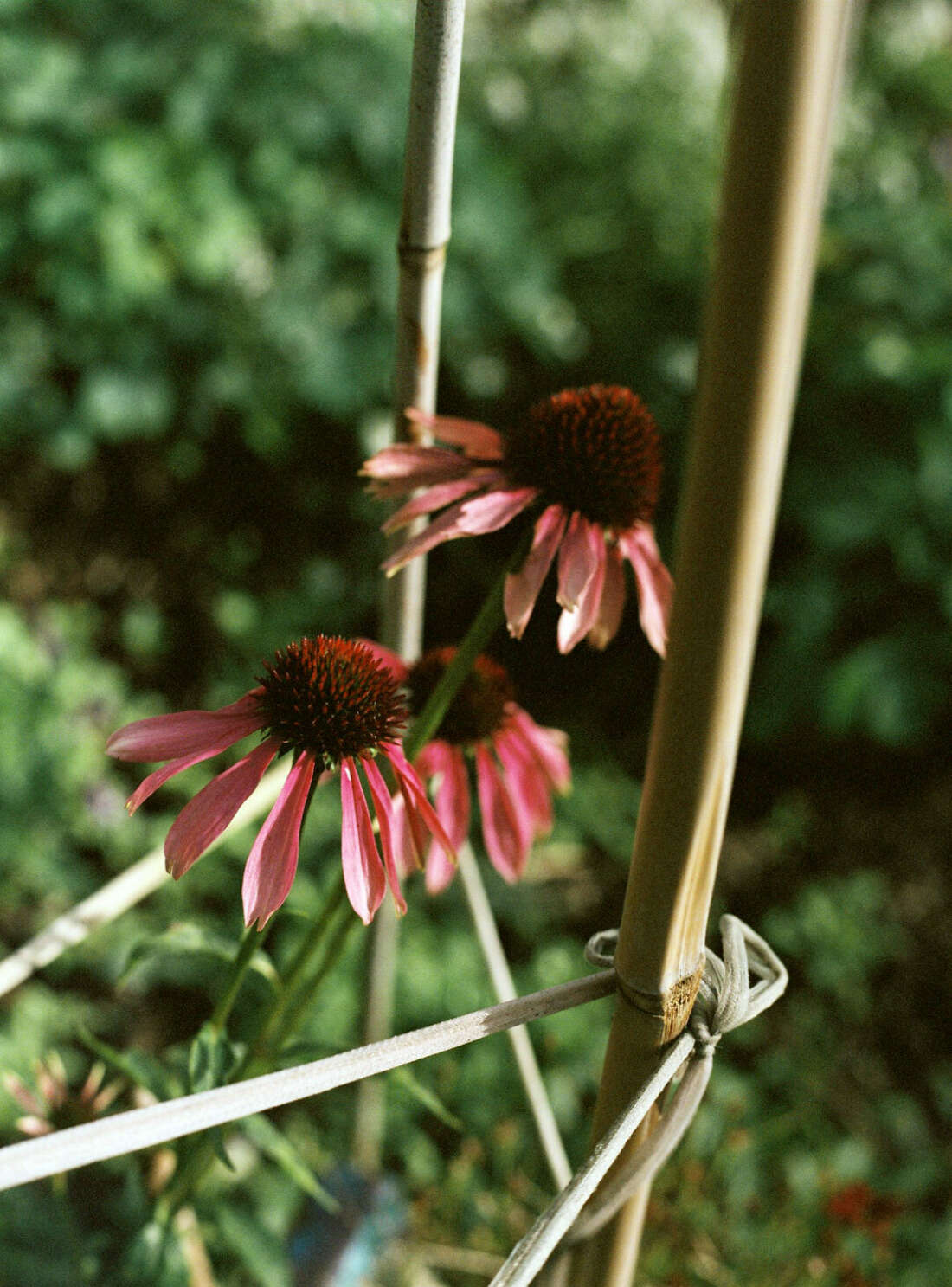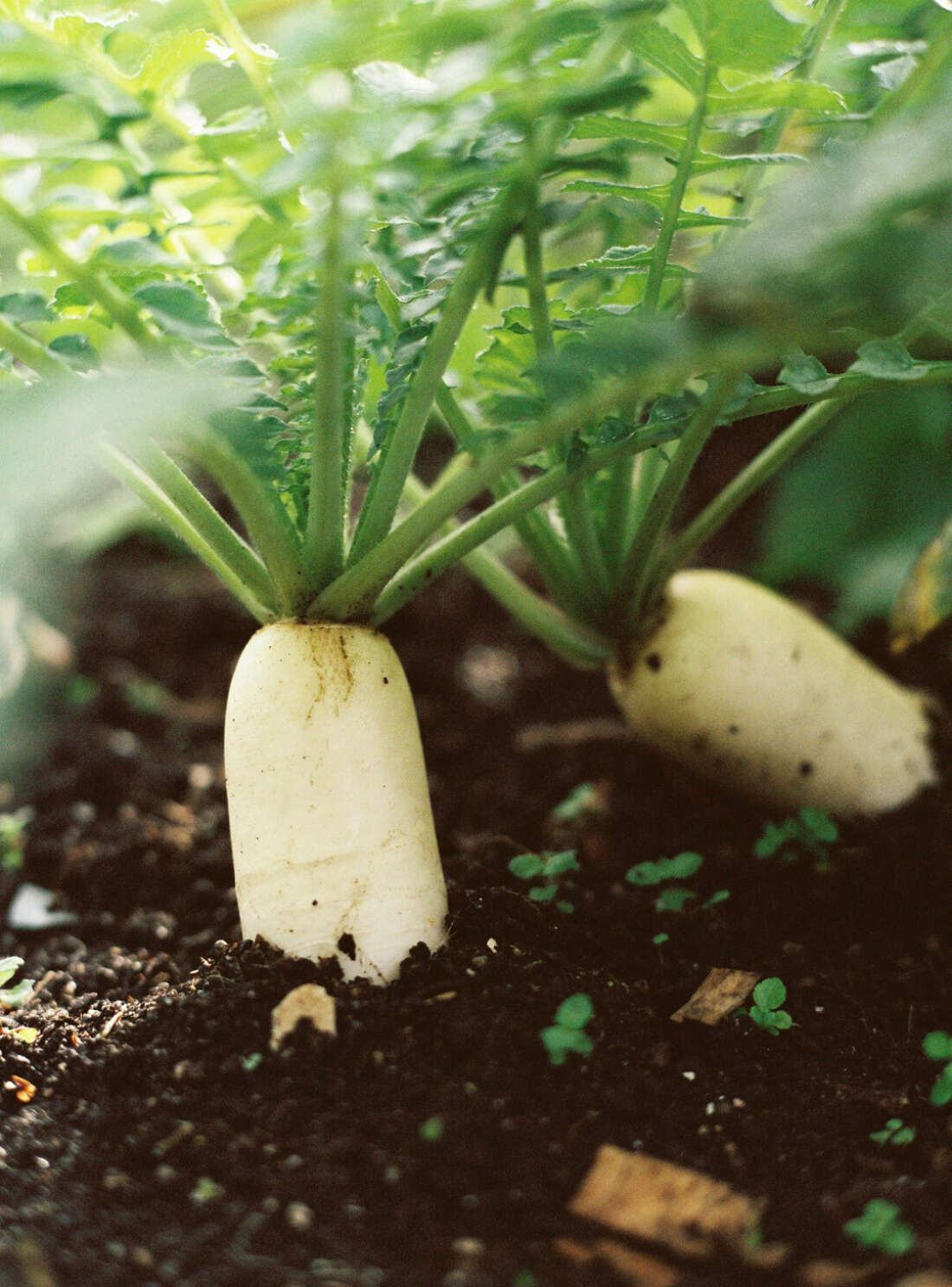Category — Features

Everything Garden
Starting A Veggie Patch, Managing Fertility, Observing and Caring for Your Garden.
Every potential garden site is unique, with its own history of land use. Therefore, there isn’t a blanket recipe that suits all soils and conditions. There are, however, specific principles that most vegetable plants love and thrive under: sun, moisture, well-aerated adequately mineralised soil, rich in organic matter. They are all linked, and together create a synergistic effect to maximise plant happiness and growth.
In permaculture we talk about ‘everything gardens’, meaning that nothing in nature works alone, including us. Rather than trying to control everything in our gardens, we get better results when we collaborate, and let other organisms do some of the work with us.
“the best fertiliser for the garden are the gardener’s feet“
When planning and establishing your ‘everything gardens’, permaculture offers many pointers about designing the area which you are a kaitiaki of, and placing your vegetable garden in the context of your broader landscape, understanding that not every place is good for vegetables.
The first point for an edible garden location is that it enjoys at least 6 hours of full sun. The second is to place it in an area that is easily accessible and that you already visit frequently. Having your garden out of your sight means it will more likely be out of your mind. There is an old saying: the best fertiliser for the garden are the gardener’s feet – it is absolutely right. It is also important to make sure you can water your garden easily, and that you have enough water for your garden in the summertime. The general rule is 5 to 7 litres per square metre per day. So a 20 square metre garden will need 700 to 1000 litres a week. You can garden with less, and rely heavily on mulch, but remember that veggies need water, and lots of it.
A sheltered spot will go a long way, as your tender plants won’t need to battle the wind to grow, and will dedicate their energy to productivity. Also keep your veggie patch away from existing trees, as they will root into your rich, moist garden soil.



In terms of shape and size, you can do anything you want. Its width should be so you can reach into the middle of your garden without overstretching your back. I prefer to have my beds at similar lengths, so I can cover them with the same frames and cloches, which I put on over the winter and spring to improve plant growth.
My preference is to grow in soil, and good soil is an excellent place to start. Poor soil can be repaired, but I would suggest not to establish a veggie patch on contaminated land. In a small urban landscape: if you don’t have topsoil next to your house, the soil has a history of land abuse, or you live on an island of concrete; you can build a raised bed over almost anything. Raised beds also make good sense for people who for various reasons frequent bending is a problem . You can repurpose many materials or use natural rot-resistant timber. You can fill up the bed with topsoil, potting mix and compost. Or layer various materials “lasagna” style, such as manure, straw, woodchips, compost and potting mix.
There are as many ways to garden as there are gardeners, so almost nothing you will do is necessarily wrong. When I start a new garden, in an area that was previously grass, my preference is to cover the area with a tarp, landscape fabric or lots of woodchips. If the lawn or paddock was kept short, over 6 to 12 weeks, the existing ground cover would die under these covers. It is crucial to get rid of the perennial ground cover before starting to grow, and it makes it much easier to keep the garden weed-free from that point.
When I take the cover off, I take a sturdy fork, and bit by bit, in small chunks, I loosen the earth where I want my beds to be. When forking, I work gently, not to break my back or the tool. Do what conditions allow, and you will be able to fork deeper next time. Forking the bed is an activity I reserve for spring and autumn. The soil doesn’t need to be super fluffy. In fact, too much aeration is a problem for healthy root growth, and excessive drainage makes it harder to keep water in the soil. To minimise the disturbance to the biological community, I loosen but avoid inverting the soil layer when forking.
On top of that aerated soil, I add organic compost. Regardless of your soil type, compost is a superstar. In sandy soils, it helps retain nutrients and moisture. In clay soils, it helps improve drainage and workability. A layer of 5 to 10 cm is a good start, which I mix shallowly to the top layer of the soil with a rake. With the compost, I sprinkle a handful of broad-spectrum natural fertiliser per square metre.

In this deeply aerated, fertile soil, the soils microbial community will thrive, and so will my plants. Several additions of compost and fertiliser throughout the season will keep those microbes happy and create more and more complex interactions that will improve your soil’s structure and fertility. Just like in many other gardening strategies, little and often is the better way to go. Imagine if someone gave you all the food you needed at the beginning of the year and then no more!
Most compost gets completely used up and breaks down after 3 to 4 months. I generally look at feeding the soil rather than the plants and I usually add more compost to crops that will stay in their bed for an extended time. Giving more compost to plants during the season is possible, and they appreciate the boost. I usually do that with tomatoes and eggplants, two or three months after planting.
Another way to improve the health of your soil and crops mid-season is to use liquid fertiliser. I generally go for seaweed, fish or home-made compost tea. They can be used in a sprayer as a foliar feed or in watering cans, to feed the root zone. You can spray them every day, and they will surely appreciate it, but most gardeners settle for a weekly, fortnightly or monthly application.
After the gardener’s feet, water is the most important fertiliser in the garden. The microbes will go dormant and stop feeding your plants if there isn’t adequate moisture in the soil. In most cases, when I see plants suffering from a problem, such as poor growth, pests or disease, the underlying cause is either not enough or too much water.
Watering is best when it is gentle and even. I tend to water greens and year-round vegetables, such as carrots and beet, with sprinklers. Summer crops like tomatoes and cucumbers, I prefer to water with drip irrigation, to keep their leaves dry. In any case, I make an effort to water in the late afternoon, so the leaves have time to dry out before the night, but the soil stays thoroughly moist overnight and onto the next day.



Plant what you and your household like eating. Keep plants happy by handling them gently and keeping the soil moist and free of weeds. When weeding is done often, say once a fortnight, it is quick and easy. I highly recommend adopting a policy where weeds are not allowed to flower. This will reduce your weed seed load considerably over a few seasons.
Planting in succession is probably the only way to ensure continued harvests from your garden throughout the year. Planting and sowing small amounts according to your available garden space. Greens and root veg like lettuce, beets and radish can be planted or sowed every 2 or 3 weeks. Cucumbers and tomatoes, can be planted in two or three successions, 6 to 8 weeks apart, to make the most of the season. Learn how much you are eating and adjust your planting accordingly.
Watch your plants grow, and pay attention to continued growth. If your plants stop growing for a week or two, they have been stressed. By doing experiments, and identifying what plants enjoy, you can avoid them suffering unnecessary stress. This is the key for healthy, productive plants and gardens. Enjoy your time in the garden, and your plants will too.
The more you give to your garden, the more you will receive from it. This is the key to growing food regeneratively.
Yotam offers a variety of gardening workshops on his farm in the Kauaeranga Valley, Thames. As well as an online market gardening course. To learn more of his work, please visit pakarakafarm.co.nz and check out Pakaraka Permaculture on Instagram and Facebook too.
By Yotam Kay. Photography: Aaron McLean